Chemicals list & Research Gallery
CAS number: 1397-89-3
Amphotericin B is a macrolide antibiotic used to treat potentially life-threatening fungal infections. It has a role as an antiprotozoal drug, a bacterial metabolite and an antiamoebic agent. It is a macrolide antibiotic, a polyene antibiotic and an antibiotic antifungal drug.

Structure of amphotericin B (1) and related mycosamine polyketides.

Retrosynthetic analysis of amphotericin B (1).
CAS number: 1398-61-4
Chitin is a biopolymer that makes up the inner lining of a fungal cell wall, providing reinforcement and resilience.
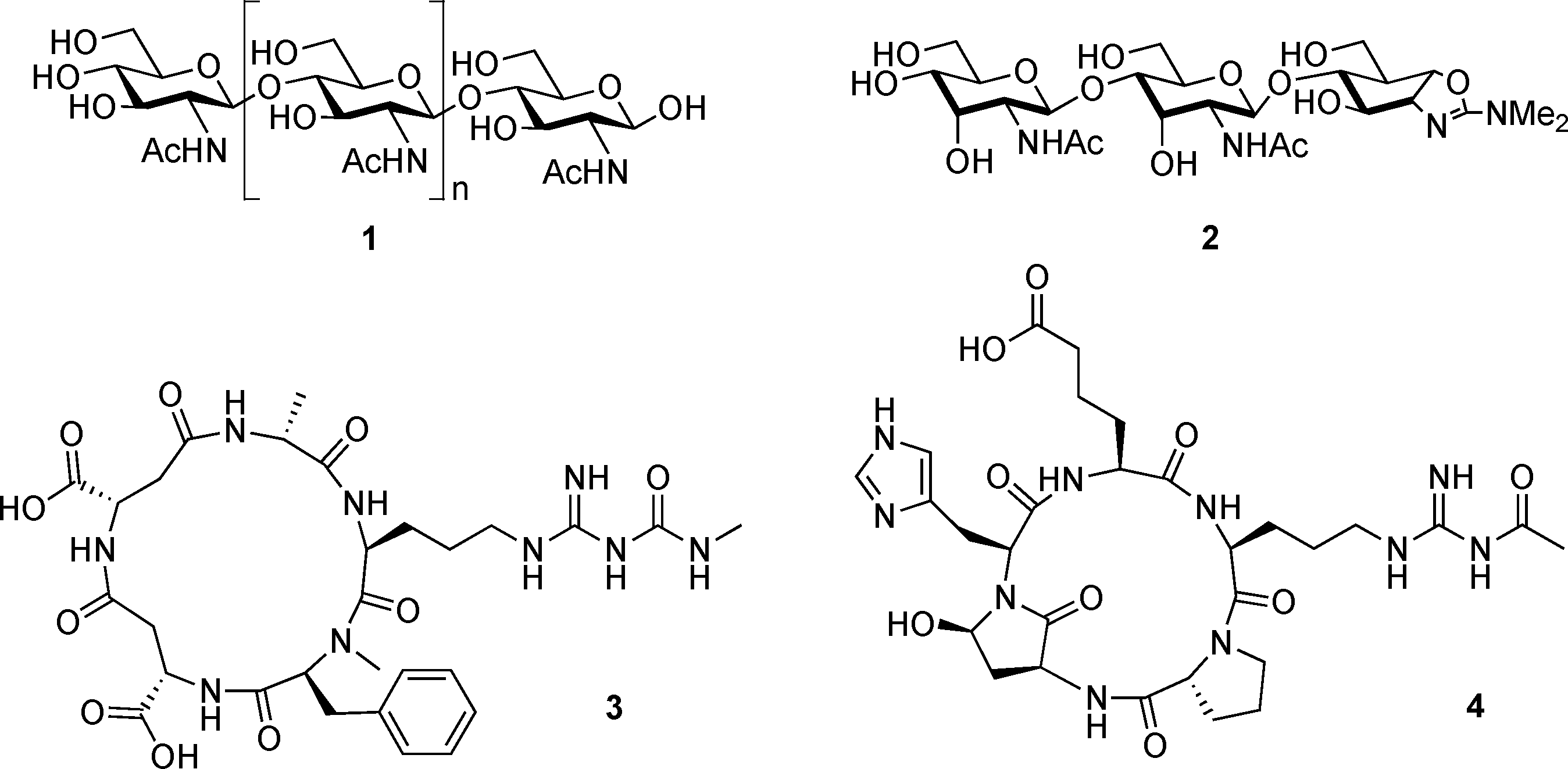
Chitin 1, allosamidin 2, argifin 3 and argadin 4.
CAS number: 13987-01-4
Tripropylene appears as a clear colorless liquid with a sharp odor. Insoluble in water and less dense than water. Hence floats on water. May irritate skin on contact. Vapors heavier than air. Inhalation of vapors may cause irritation. Prolonged inhalation may lead to breathing difficulty. Ingestion causes abdominal discomfort, nausea and diarrhea. Used to make other chemicals and as a lubricating oil additive.

Synthesis of isopropylidene CYP17 inhibitor.
CAS number: 140-29-4
Phenylacetonitrile is a nitrile that is acetonitrile where one of the methyl hydrogens is substituted by a phenyl group. It has a role as a pheromone and an animal metabolite. It is a nitrile and a member of benzenes. It is functionally related to an acetonitrile.

13C NMR shift comparison of metalated phenylacetonitrile.
CAS number: 140-88-5
Ethyl acrylate is an organic compound primarily used in the preparation of various polymers. It is used in manufacturing synthetic flavoring and fragrances.
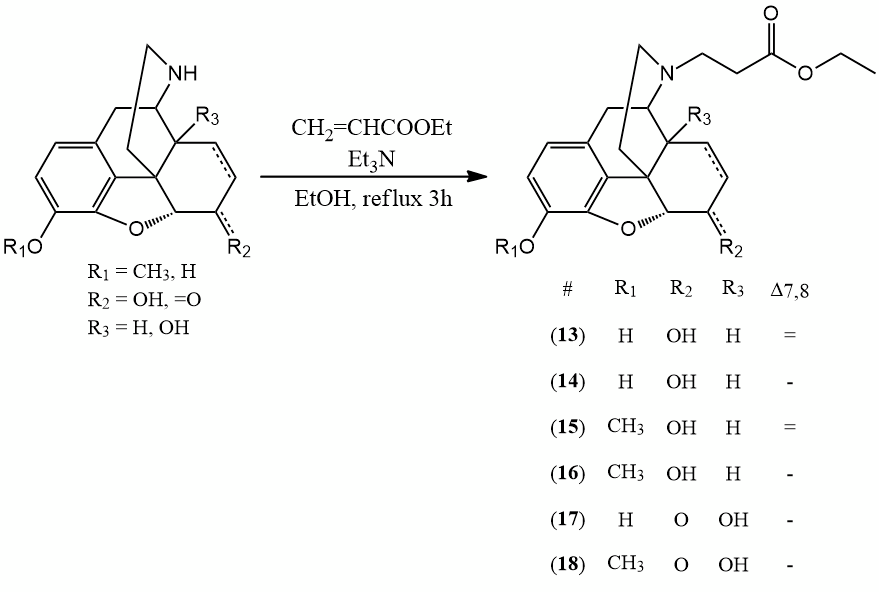
N-alkylation of nor-compounds: ethyl acrylate, triethylamine, ethanol, refl. 3 h.
CAS number: 1404-04-2
Neomycin is a broad-spectrum aminoglycoside antibiotic drug that is derived from the metabolic products of Streptomyces fradiae. Neomycin is a complex comprised of three components, neomycin A, B, and C. Neomycin B, also known as [framycetin], is the most active component of the complex and neomycin C is the isomer of neomycin B, making these two stereoisomers the active components of neomycin.
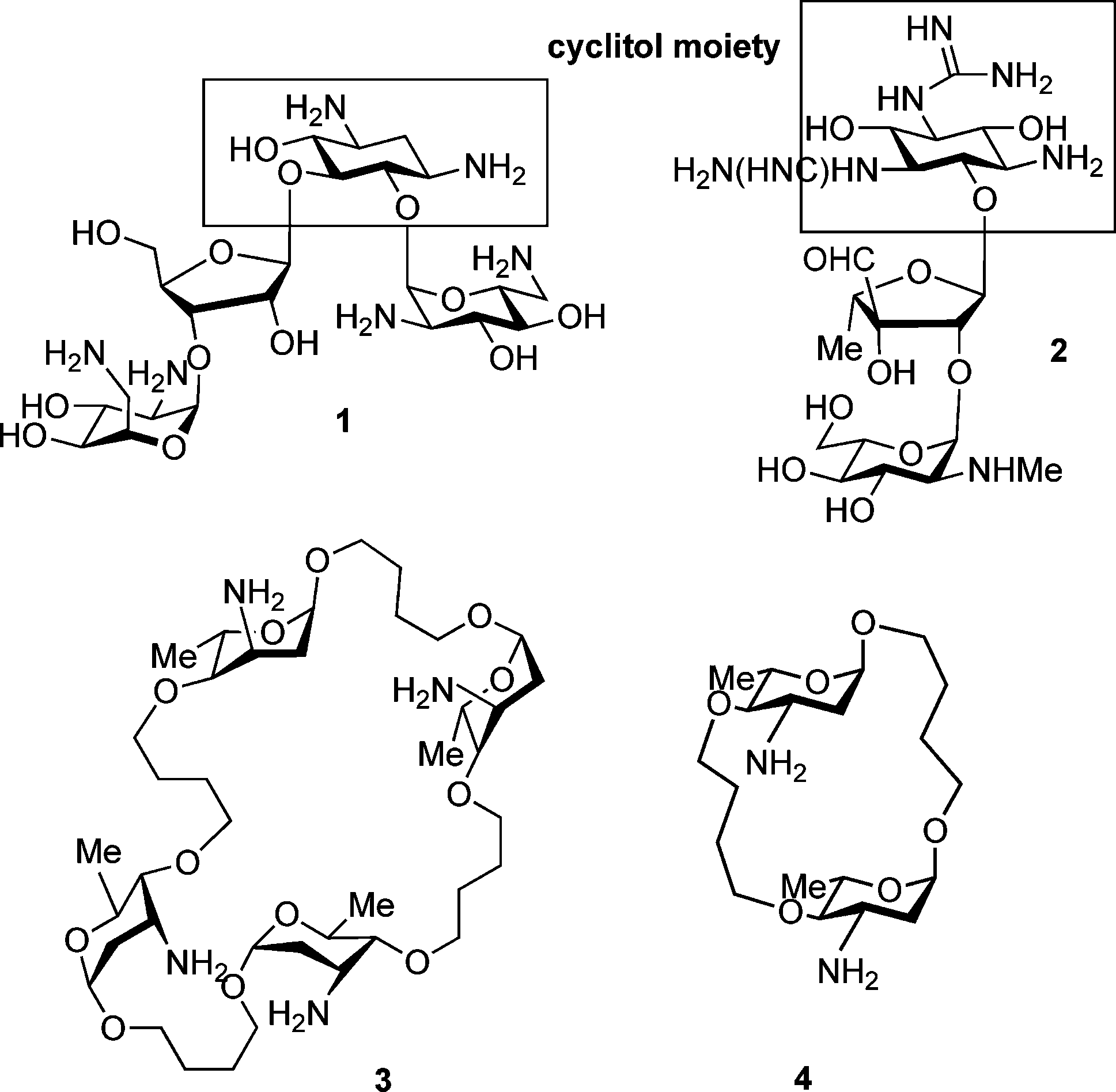
Structures of neomycin (1) and streptomycin (2), and macrocyclic neoaminoglycosides 3 and 4.
CAS number: 1405-69-2
Avidin is a protein found in the egg whites of birds, reptiles, and amphibians. It's known for its strong affinity and specificity in binding to biotin, a B vitamin.
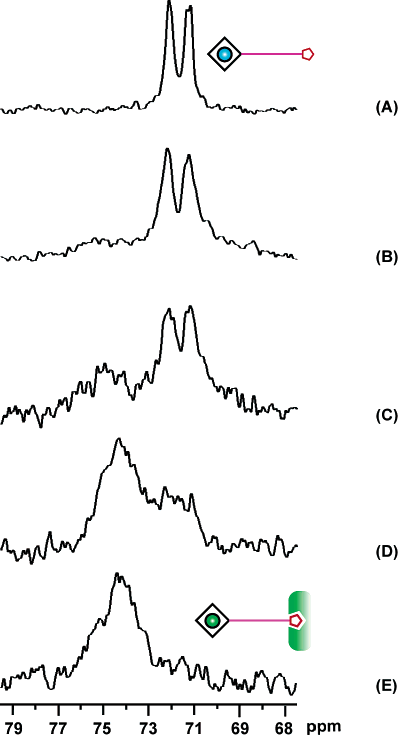
Biotin-avidin binding was detected using Xe NMR.
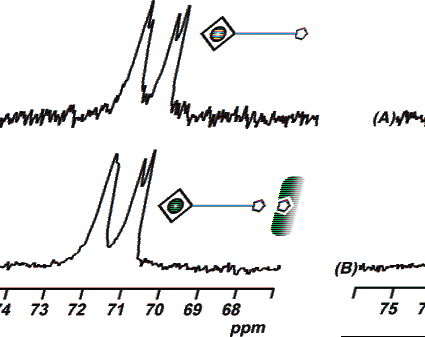
Inhibitory effect of xenon biosensor binding to avidin.

Comparison of the exchange of xenon gas with the biosensor cage when the biosensor molecule is in the free state (b) and when bound to avidin (9).
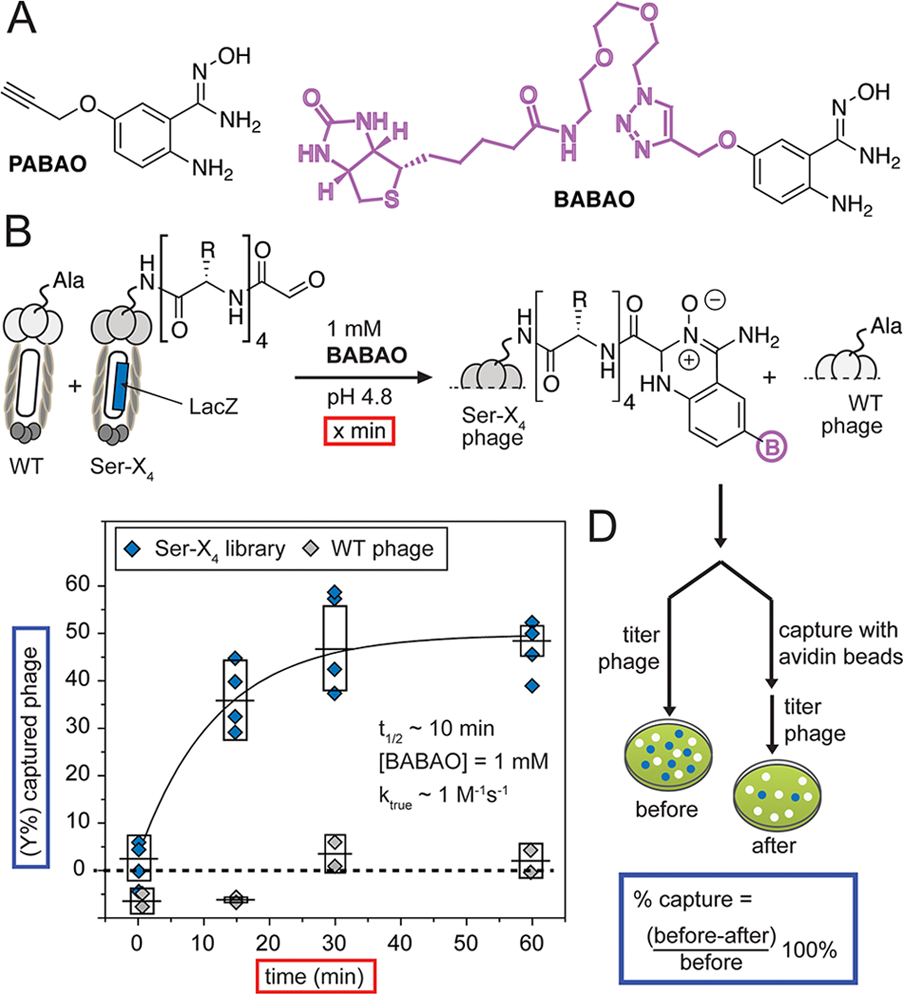
(A) Structures of ABAO derivatives that contain propargyloxy group and biotin. (B) Quantification of the reaction of BABAO with the M13 phage displaying a library of peptides with N-terminal glyoxal and wt phage displaying no aldehyde (1011 PFU/mL each). (C) Phage mixture was exposed to BABAO for the specified time. (D) To measure the reaction rate, we exposed the mixture of phage to 1 mM BABAO and measured biotinylation as a function of time by avidin capture. Error bars represent standard deviations from four independent kinetics experiments.
CAS number: 1406-16-2
Vitamin D ultimately comprises a group of lipid-soluble secosteroids responsible for a variety of biological effects, some of which include increasing the intestinal absorption of calcium, magnesium, and phosphate. With reference to human use, there are 2 main forms of vitamin D - vitamin D3 (cholecalciferol) and vitamin D2 (ergocalciferol).
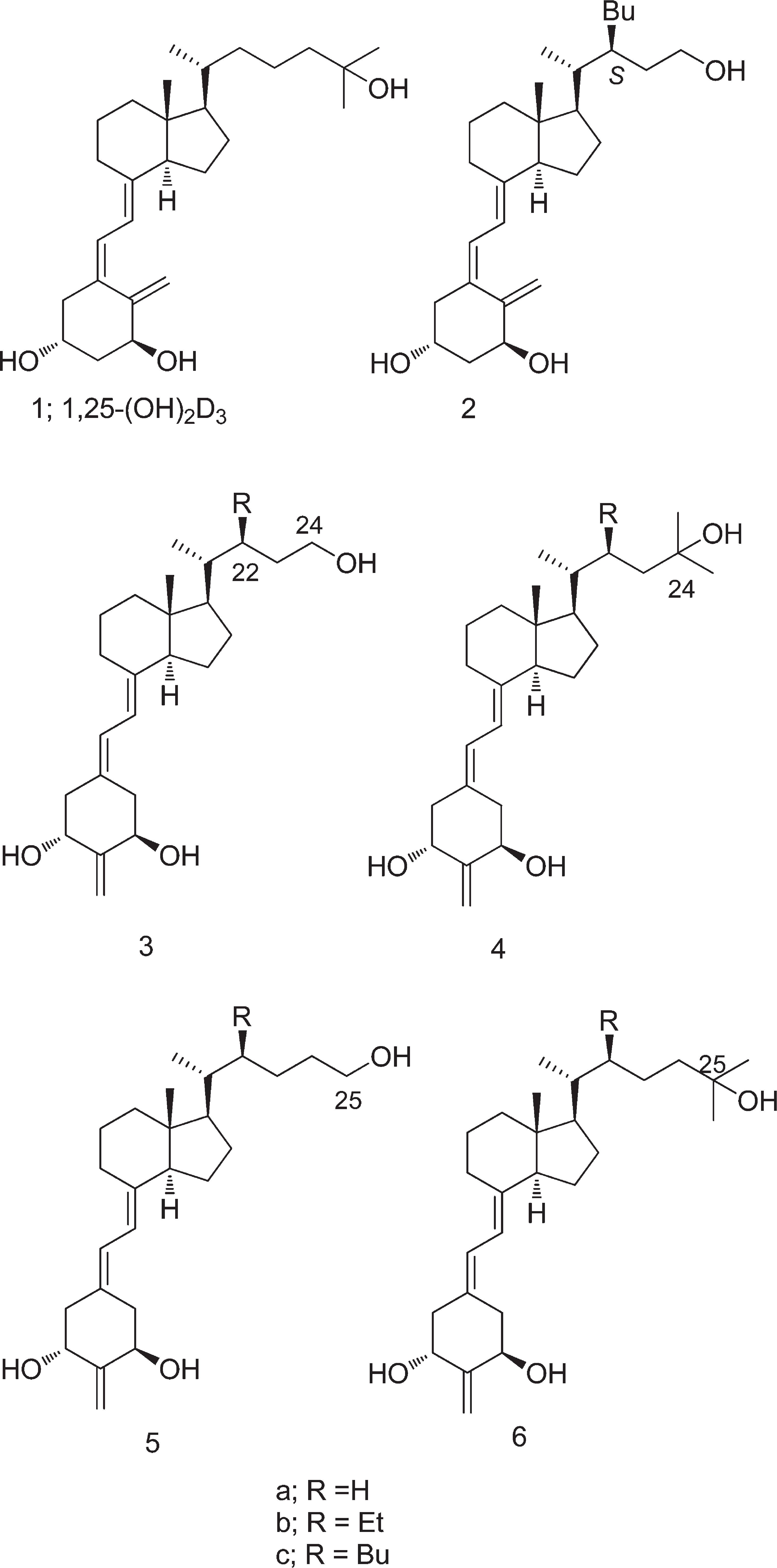
Structures of 1,25-(OH)2D3 (1) and Vitamin D Analogues
CAS number: 1406-66-2
Tocopherol is a class of vitamin E compounds naturally found in many different sources, such as oils, nuts, and vegetables. Tocopherols have antioxidant activity.
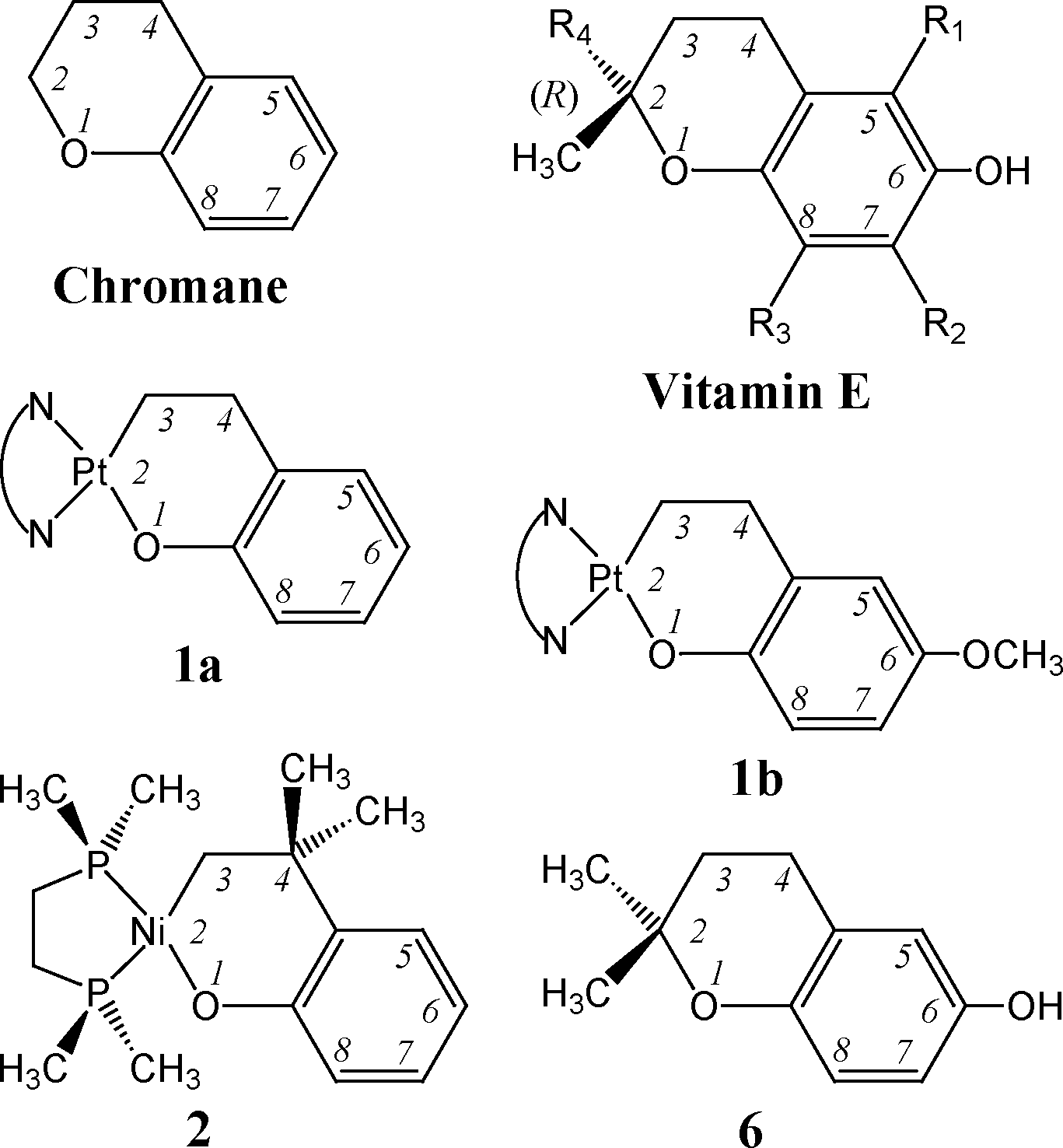
Structure of chromane, vitamin E (tocopherols and tocotrienols
CAS number: 141-32-2
Butyl acrylate is an acrylate ester obtained by the formal condensation of the hydroxy group of butan-1-ol with the carboxy group of acrylic acid. It is functionally related to a butan-1-ol and an acrylic acid.

General reaction conditions for the Mizoroki-Heck reaction of aryl bromides with n-butyl acrylate using the precatalyst 6.

General reaction conditions for the Mizoroki-Heck reaction of aryl chlorides with n-butyl acrylate using the precatalysts 4 and 6.
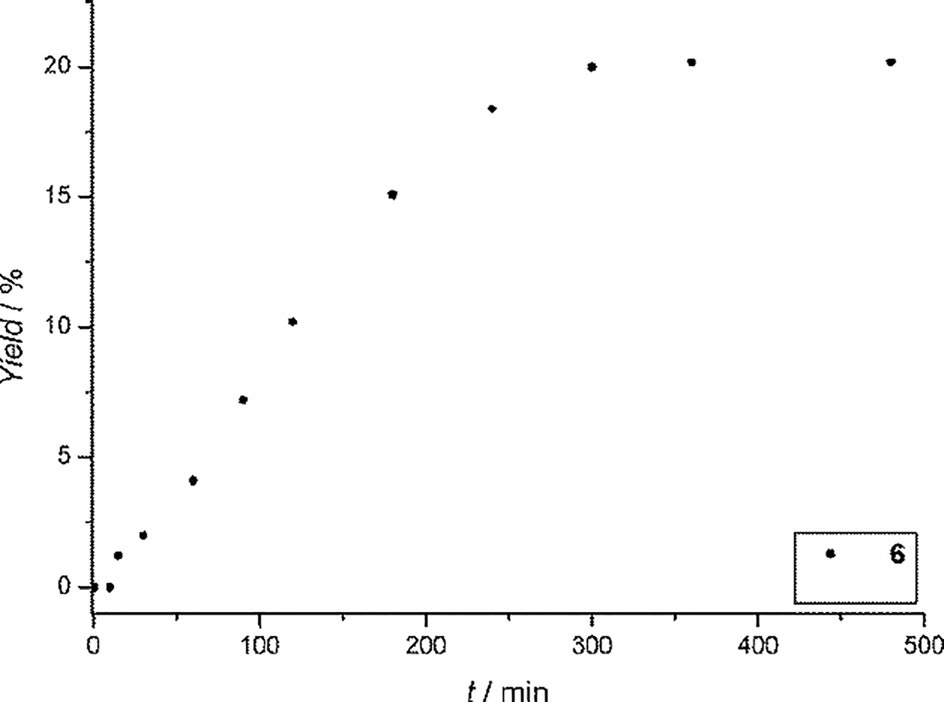
Reaction rate in the Mizoroki-Heck reaction of bromobenzene with n-butyl acrylate using 6 as precatalyst and adding mercury after 4 h.